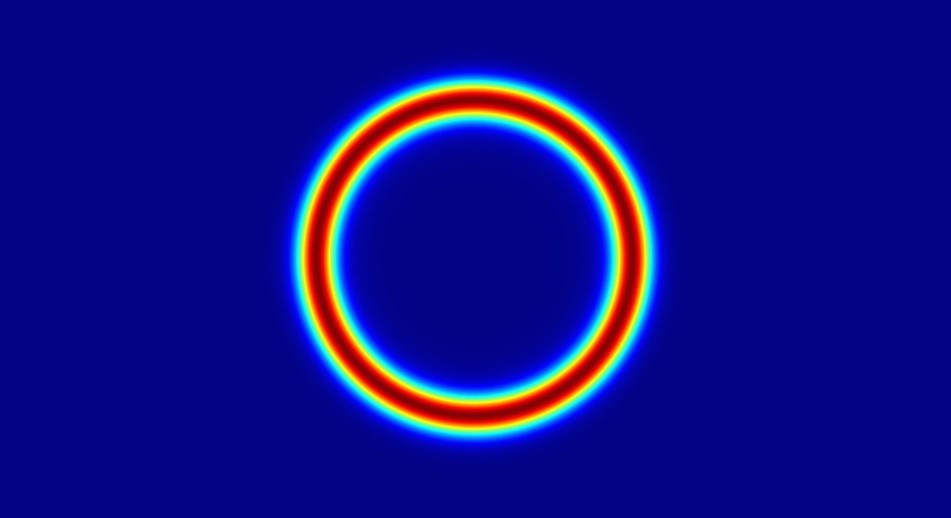Diffractive optical elements (DOE) are unique types of optical components that are also called CGH or computer-generated holograms. These optical elements shape a laser light beam by manipulating the wave nature of the beam. This beam shaping is crucial for various modern applications that involve laser beams. Otherwise, most laser beams display a Gaussian beam pattern with smooth edges which results in a substantial loss of light energy. DOEs eliminate this issue by shaping the laser beams to have sharp edges.
Geometrical optics considers light beams as rays that move along a specific direction and when encountering a change in media (for instance, from air to glass), the beams bend or refract. Whereas, a light beam’s wave description considers the beam as a propagating electromagnetic wave that has an intensity and phase profile and that can be distorted after facing an obstacle in its path. As a result, the phase profile of the beam gets modified, resulting in a new wavefront. Then it can show optics phenomena such as interference and diffraction.
Diffraction Grating Products
Diffraction grating products are one of the fundamental optical elements, and are also considered the most basic DOEs. The diffraction grating products are microstructures consisting of equally spaced features or delays. Ray optics indicate that when a light beam travels through this type of structure, it generates a regular shadow created by each individual obstacle. In reality, this does not happen, due to the wave-like nature of a light beam .
The periodic or regular structure modulates the wavefront of the beam and some beam replicas are generated at specific angles. As these beam replicas are evidently separated from each other, they are known as diffraction orders. The diffraction integral solution can describe the mathematical relationship between the DOE plane and the intensity of the light in the far field. In the case of diffraction grating products, the angles of the beam replicas (orders) vary in inverse proportion to the periodicity of the grating.
Applications of Diffractive Optical Elements
Beam shaping is a crucial application of DOE where these optical elements modify the beam’s intensity profile to generate a target profile such as a flat-top profile. The applications of beam-shaping DOEs include 3D imaging, diagnostics, and spectroscopy. Multi-spot beam splitting is another useful application of DOEs where a light beam can be split into a 1-D or 2-D array of beams to form an expected geometrical configuration. These DOEs are useful for metrology, free-space optical interconnections, material processing, and aesthetic treatments. Diffractive optical elements have also significant application in focal beam shaping (for instance, to generate Vortex beams or Bessel beams). Cytometry, laser-glass cutting, and laser-sheet microscopy are some noteworthy application fields of Beam Foci DOEs.






Got a Questions?
Find us on Socials or Contact us and we’ll get back to you as soon as possible.